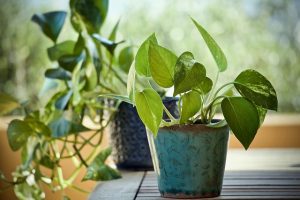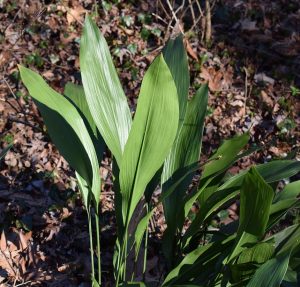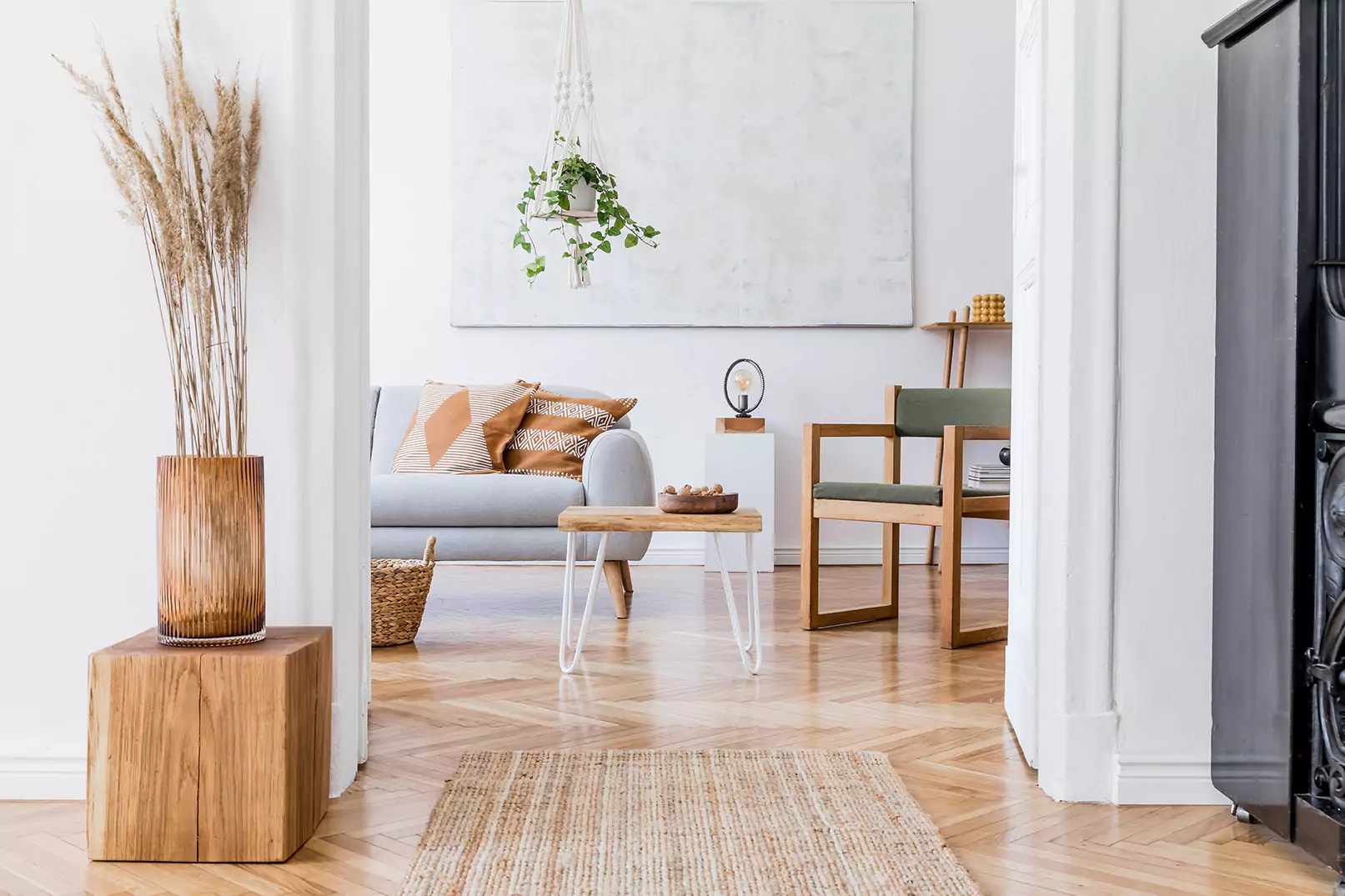If you’re buying San Francisco real estate, staging your San Francisco home to sell, or if gloomy fall weather has just got you down, then you could stand to benefit from some bright and lively houseplants!

For thousands of years, people have been bringing a little piece of the outdoors into their homes. In ancient Babylon, 600 BC, King Nebuchadnezzar II commissioned the fabled Hanging Gardens for his wife, Queen Amytis. The Greek scribe Berossus wrote that the queen was not native to Babylon, so the Hanging Gardens were filled with familiar foliage to help her feel at home in a foreign land.
Historians have also documented houseplants in ancient Egypt, Greece, Rome, and among eastern civilizations. Roses and violets in marble or terracotta pots could be seen bestrewn about the homes of wealthy Roman citizens, eager to display the tallest and brightest flowers. Miniature potted plants such as the Japanese Bonsai and Chinese Penjing first appeared around 200-500 CE.
Throughout the Middle Ages after the fall of Rome, houseplants largely fell out of practice in the west, surviving mainly in monasteries by monks who grew practical plants like herbs and vegetables. When the Renaissance came around, interest in houseplants was revitalized, and wealthy individuals paid handsomely for exotic specimens procured by explorers such as Christopher Columbus. Suffice it to say that humanity has long known the value of the humble houseplant!
Aside from simply looking nice, houseplants have some great additional benefits. First and foremost, plants purify the air around us. The hungry buggers gobble up our exhaled carbon dioxide, and they release fresh and clean oxygen for us to breathe in—all at the low cost of a little water and sunshine. Plants also clean volatile organic compounds (VOCs) from the air in our homes, although on such a small scale that it doesn’t make much difference.
Additionally, houseplants have shown various health benefits in clinical trials. In one example from the Department of Horticulture, researchers found that hospital patients recovering from surgery in the presence of houseplants had lower blood pressure and less anxiety, pain, and fatigue. Patients reported that the plants “brightened up the room environment, reduced stress, and also conveyed positive impressions of hospital employees caring for patients.”
These effects can be realized in the home or workplace by adding plants of your own! If you have a home office or even occasionally work from home, consider adding a plant or two in view. A study by researchers at Washington State University found that workers with a potted plant in their line of sight saw increases in productivity of up to twelve percent.
You may be interested in houseplants to liven up your home’s decor or to reap the health and other benefits covered above. If you’re new to taking care of plants, however, you’re likely wary of making a purchase just to see it die in the weeks or months that follow. But fear not, as there are plenty of options for those less floriculturally-inclined.
Here are just a few plants that DON’T require a green thumb to keep alive and well:
Aloe Vera

This hardy succulent only needs to be watered every couple of weeks. Allow soil to dry completely between waterings. As an added benefit, you can cut a piece and apply the latex it secretes to ease sunburns and minor cuts.
Snake Plant
Another plant that doesn’t need frequent watering, this succulent’s thick and waxy leaves store plenty of moisture. No need to stress while you’re away on a two-week vacation!
Spider Plant

This popular houseplant is perfect for newbies. A mainstay of homes around the country, and for good reason, the spider plant can withstand plenty of neglect. Just keep them watered and in indirect sunlight.
Pothos

Although tropical in origin, this viney plant’s heart-shaped leaves thrive even in cooler and drier climates. They don’t mind lower light or humidity levels, making them an easy and beautiful option for any home around the country.
Cactus
A symbol of the dry desert, cacti are the quintessential low-maintenance plant. Allow soil to dry between waterings; roughly a week if your pot has drainage holes, longer if not. As you might have guessed, these do require lots of sunlight, so place them in a brightly lit space.
Cast Iron Plant

This lush evergreen is as resilient as its namesake. It is known to survive drastic shifts in temperature, and it doesn’t need a whole lot of sunlight or water to thrive.
Tillandsia (Air Plants)
As their name suggests, these beauties don’t even require soil to grow! As “epiphytes,” plants that extract nutrients directly from the air around them, you can hang tillandsia from the wall or ceiling as an attractive decorative piece. Just place them in bright sunlight and mist them occasionally to prevent drying, with frequency depending on the season.
As local real estate experts, we aim to show your listing in the best possible light. Just like a fresh coat of paint, a few well-placed plants can revitalize a room, so we love to use them when staging a home! The truth is that you don’t need a green thumb to enjoy the mood and health benefits of indoor plants. Give some of these houseplants a shot, and let us know how you fare! We’re always happy to hear from you.
